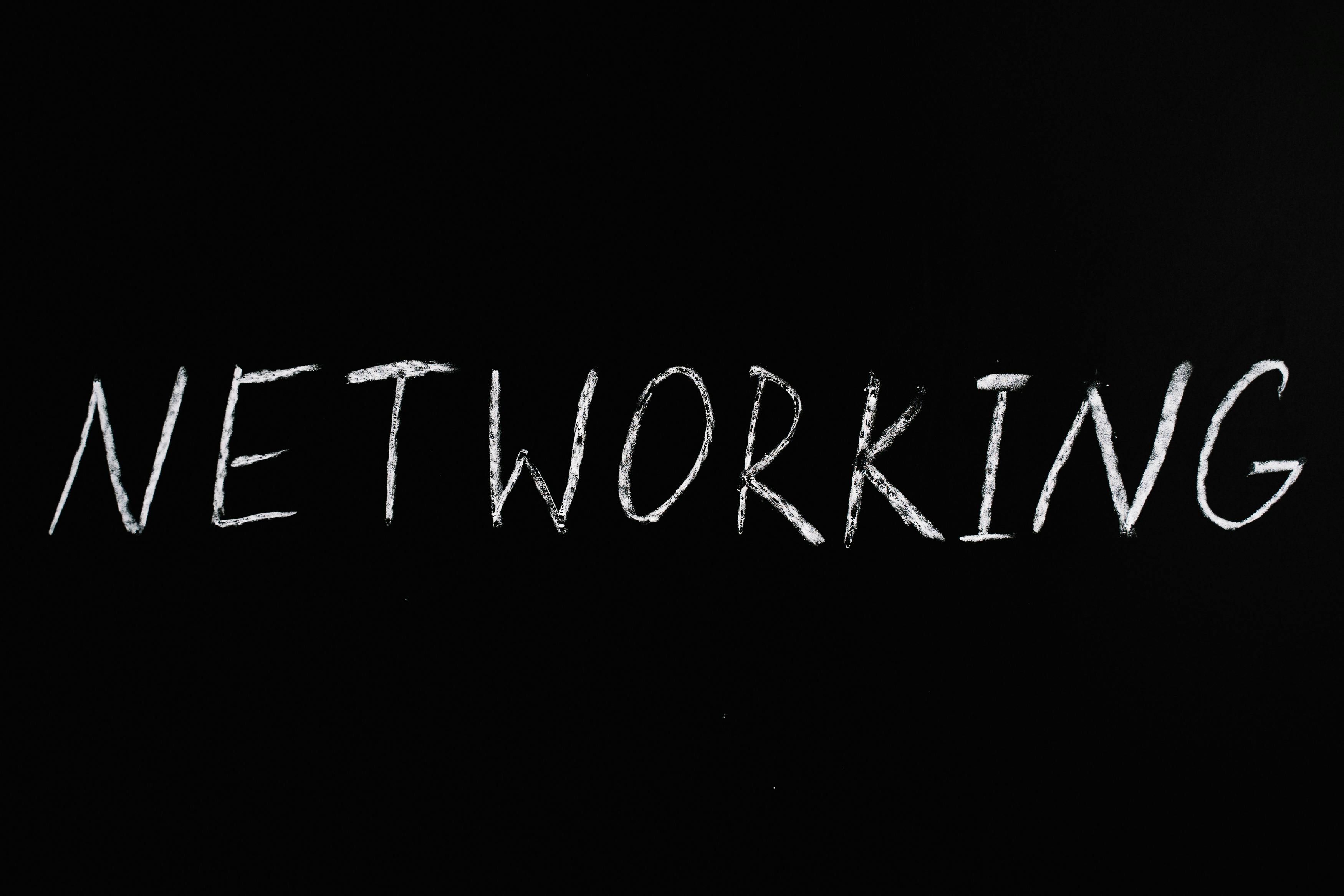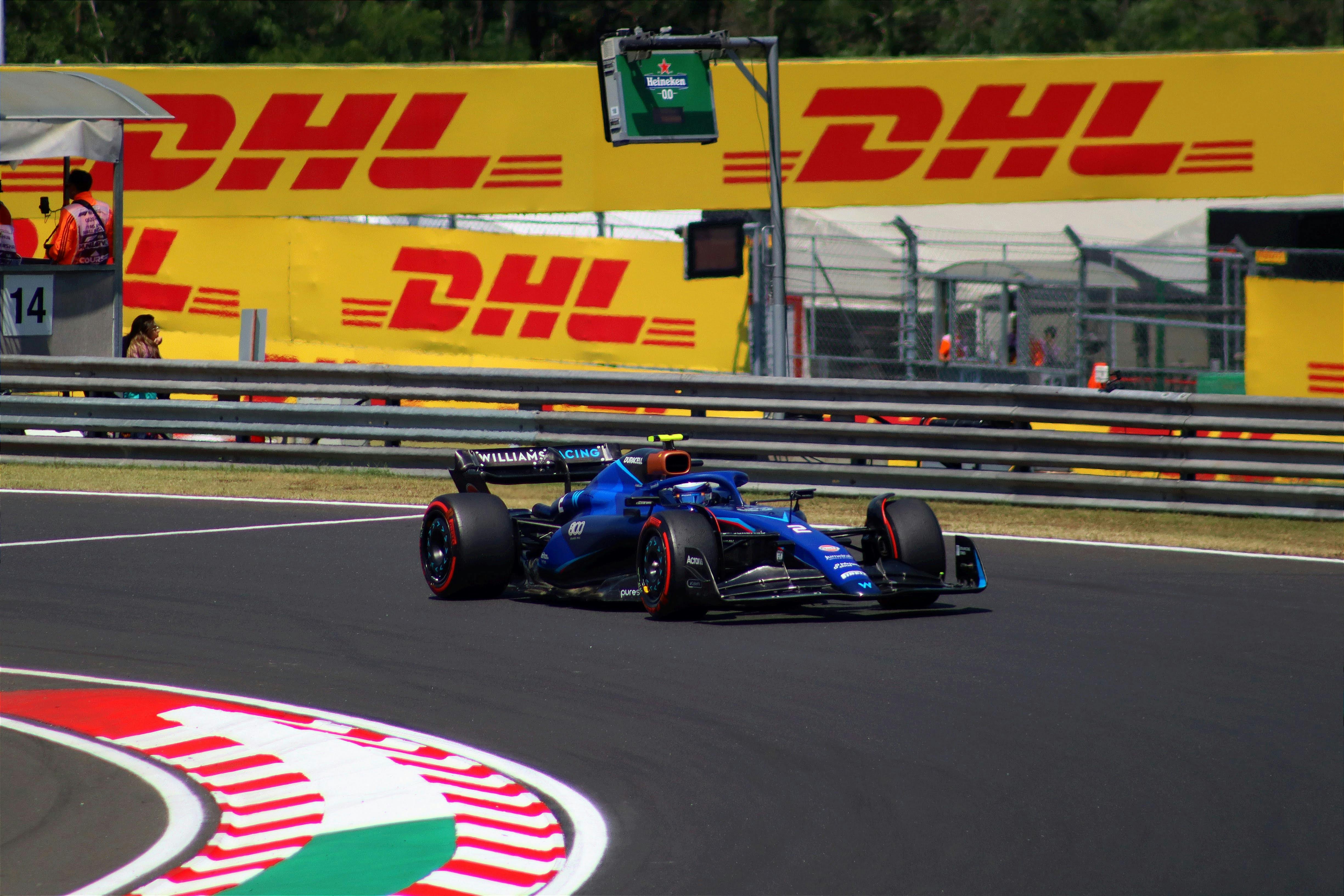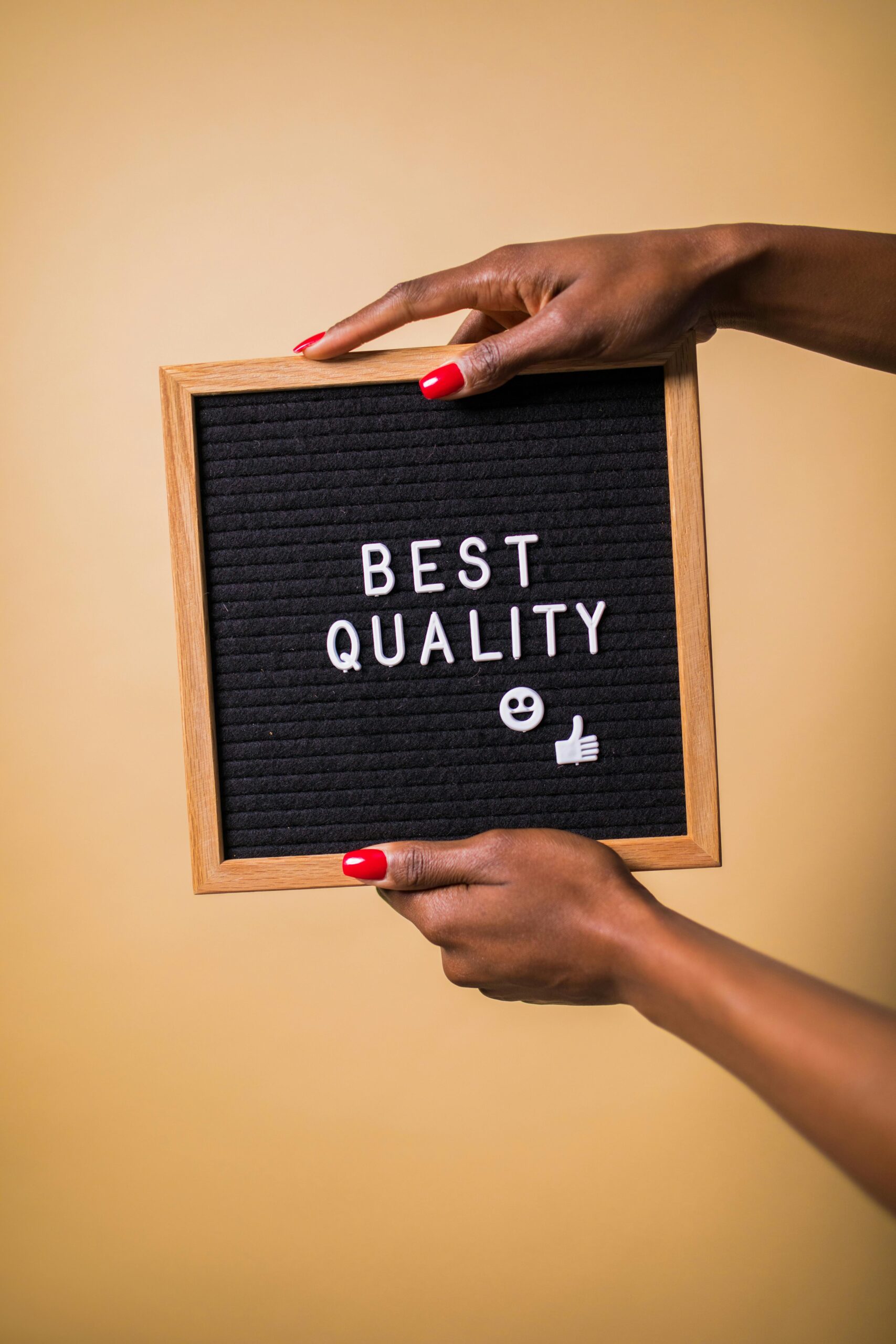In the world of SEO, link velocity is a crucial yet often misunderstood concept that can dramatically impact your site’s performance. So, how fast should you build links for success? This article will dive deep into the importance of link velocity, exploring how the speed at which you acquire backlinks can influence your website’s authority, rankings, and ultimately, its traffic. Understanding the right pace for building links is essential—too fast, and you risk penalties; too slow, and you miss out on valuable opportunities to outpace your competitors.
But what exactly is link velocity, and why does it matter? Link velocity refers to the rate at which your website gains new backlinks over time. A consistent and natural link-building strategy is key to enhancing your site’s credibility in the eyes of search engines. If you’ve ever wondered, “Is there a perfect pace for link building?”, you’re not alone! Striking the right balance between aggressive and organic link acquisition can be tricky. This article will unravel the mysteries of effective link-building strategies, offering insights into how to achieve optimal link velocity that aligns with your business goals.
In today’s competitive digital landscape, understanding the dynamics of link velocity can set you apart from the crowd. With ever-evolving algorithms and a focus on quality over quantity, knowing how to adjust your link-building speed is essential for long-term success. Are you ready to discover the secrets behind mastering link velocity and boosting your SEO game? Let’s get started!
Understanding Link Velocity: What Is the Ideal Rate for Building Quality Backlinks?

In the world of digital marketing, understanding link velocity plays a critical role in building a successful backlink profile. So, what is link velocity? It simply refers to the speed at which you acquire backlinks to your website. But, how fast should you build links? That’s a question that many marketers ask, and the answer isn’t straightforward. There’s no one-size-fits-all approach to link building, and the ideal rate can vary depending on several factors.
What is Link Velocity?
Link velocity is the rate at which backlinks are gained over a specific period. For instance, if your website gains 10 backlinks in a week, your link velocity for that week is 10. However, this number can fluctuate greatly based on your marketing strategies and the competitive landscape of your niche.
The history of link building shows that in the early days of SEO, it was common to see websites build hundreds of links in a short amount of time. But search engines like Google have evolved, and so have their algorithms. They now value quality over quantity. Therefore, it’s essential to create a natural link profile that reflects organic growth rather than spammy practices.
Why Link Velocity Matters
Link velocity is not just a metric; it’s a critical component in how search engines perceive your site. If you build backlinks too quickly, it can raise a red flag. Search engines might think you are engaging in manipulative practices, leading to penalties or lower rankings. On the other hand, too slow of a link-building pace might not help you gain traction in competitive niches.
- Natural Growth: A steady, natural growth in backlinks signals to search engines that your site is gaining authority and relevance.
- Risk of Penalties: Rapid accumulation of links can result in devaluation of your site by search engines.
- Competition: A balanced link velocity helps you stay competitive without overstepping boundaries.
Ideal Link Velocity: How Fast Should You Build Links?
Determining the ideal link velocity for your website can be tricky. It largely depends on your industry, your current link profile, and your overall marketing goals. Here are some considerations:
- Industry Standards: Some industries are more competitive than others. For example, a tech blog may need a faster link velocity than a local bakery.
- Current Backlink Profile: If you have few links, starting with a higher velocity can be beneficial. But, if you already have a solid profile, it’s better to maintain a consistent pace.
- Quality Over Quantity: Always prioritize high-quality backlinks from reputable sources. A few high-quality links are worth more than dozens of low-quality ones.
Examples of Link Velocity
Let’s say you are managing a health and wellness blog. You might start with the following link-building strategy:
- Month 1: Acquire 5 high-quality links from relevant health websites.
- Month 2: Increase to 10 links, by guest posting and engaging in collaborations.
- Month 3: Maintain that pace or slightly increase it to 12 links as your site gains authority.
On the other hand, if you suddenly acquire 50 links in a week, it can look suspicious. You want to avoid that scenario.
How to Monitor Your Link Velocity
Monitoring your link velocity is crucial to ensure you’re on the right track. You can use tools like Ahrefs, Moz, or SEMrush to keep track of your backlinks. Here’s a simplified way to monitor it:
- Set a Baseline: Determine your starting point before implementing a link-building strategy.
- Track Weekly Gains: Keep records of how many links you gain each week.
- Analyze Patterns: Look for trends in your data over time. Adjust your strategy if you notice any irregularities.
Practical Tips for Building Links at the Right Velocity
- Diversify Your Sources: Don’t just rely on one type of backlink. Mix guest posts, directory submissions, and social media links.
- Engage with Your Audience: Building a community around your content can lead to natural backlinks.
- Focus on Content Quality: Create valuable content that others want to link to. High-quality content naturally attracts backlinks.
Understanding link velocity and its implications is essential for any digital marketing strategy. By maintaining a balanced and natural approach to link building, you can enhance your website’s authority and visibility in search engines.
Navigating this landscape might be complex, but with the right strategies and insights, you can build a robust backlink profile that contributes to your online success.
The Science of Link Velocity: How Rapid Link Building Can Boost Your SEO Rankings

In the fast-paced world of digital marketing, the importance of link building has not changed. However, there’s a growing buzz around the concept of link velocity, which refers to the speed at which backlinks are acquired. As marketers in New York and beyond delve into this topic, understanding the balance between rapid link building and quality is essential. Let’s explore the science of link velocity, the optimal speed for link acquisition, and how it can impact your SEO rankings.
What is Link Velocity?
Link velocity is a term that describes the rate at which a website gains backlinks over a specific period of time. It’s a critical metric because search engines like Google use it to assess the credibility and relevance of a website. If a site suddenly gains a large number of links, it may raise red flags for search engines, potentially leading to a decline in rankings. On the other hand, a steady, natural growth in backlinks signals to search engines that the site is reputable and worth ranking higher.
The Importance of Link Velocity
The speed of link building matters for several reasons. First, it helps to establish a site’s authority. When a website has a consistent growth of backlinks, it shows that it is being recognized by others in its field. This can lead to higher rankings. Second, it can influence how quickly a new website gains visibility. For example, a new blog aiming to rank for competitive keywords might need to ramp up its link velocity to compete effectively.
Here are some key points about link velocity:
- Natural Growth is Key: Search engines favor websites that grow their backlinks at a natural pace. A sudden spike can look suspicious.
- Quality Over Quantity: It’s not just about how fast you build links, but also about the quality of those links. A few high-quality links can outweigh numerous low-quality ones.
- Monitoring Changes: Regularly monitoring your link velocity can help you identify any issues. If the growth rate fluctuates significantly, it might trigger a need for adjustments.
How Fast Should You Build Links?
Determining the right speed for your link building efforts can be tricky. The answer often varies based on the niche, the existing authority of the site, and the competitive landscape. Here’s a breakdown to help understand what might be considered a healthy rate of link acquisition:
- New Websites: For a brand new site, starting with 5-10 links per month may be ideal. This gives search engines time to recognize the site’s presence.
- Established Websites: For sites that already have authority, building 15-30 links per month might be acceptable, especially if they are from reputable sources.
- Highly Competitive Niches: In competitive industries, upwards of 30 links per month may be required to keep up with competitors.
The Risks of Rapid Link Building
While rapid link building can seem tempting, it comes with its own set of risks. Building links too quickly can lead to penalties from search engines. Here’s a look at some potential pitfalls of aggressive link building:
- Algorithm Penalties: Websites found to engage in unnatural link building practices can be penalized, resulting in a significant drop in search rankings.
- Loss of Trust: If a website’s link velocity appears unnatural, users may lose trust in the site itself, which can harm brand reputation.
- Short-Term Gains vs. Long-Term Success: Rapid link building may provide short-term visibility, but sustainable growth is crucial for long-term success.
Strategies for Effective Link Building
To effectively manage link velocity and ensure healthy growth, consider implementing several strategies. Here are some practical approaches:
- Content Marketing: Create high-quality content that provides value. Informative blog posts, infographics, and videos can attract natural backlinks.
- Guest Blogging: Contributing to other reputable blogs in your niche can help build backlinks while also expanding your audience.
- Outreach Campaigns: Reach out to influencers and other websites to promote your content. Personalize your emails to increase the chances of getting a response.
Tracking and Adjusting Your Link Velocity
Monitoring your link velocity is essential for long-term success. Use tools like Google Analytics, Ahrefs, or SEMrush to track your backlinks and their growth over time. Here are some steps to effectively track your link building efforts:
- Set Baselines: Understand your current link velocity and set benchmarks for growth.
- Analyze Competitors: Keep an eye on your competitors’ link building strategies to identify gaps and opportunities.
- Adjust Strategies: If you notice a sudden spike or drop in link acquisition, reassess your strategies. Are they still effective?
Having a keen understanding of link velocity can significantly impact your SEO efforts. Balancing the right speed of link building with high-quality backlinks is key to enhancing your website’s authority and visibility. As the digital landscape continues to evolve, staying informed about best practices in link building will ensure your SEO strategy remains
Link Velocity Strategies: 5 Proven Tactics for Accelerating Your Link Acquisition

In the ever-changing landscape of digital marketing, link building remains a cornerstone of effective SEO strategies. One crucial aspect of link building that often gets overlooked is link velocity, which refers to the speed at which you acquire backlinks. Many marketers ask, “How fast should you build links for success?” This question is key to understanding how to effectively enhance your website’s authority and visibility. In this article, we will explore link velocity strategies and provide you with five proven tactics to accelerate your link acquisition.
What is Link Velocity?
Link velocity is the rate at which your website earns new backlinks over a specific period. It’s not just about the quantity of links, but also about the quality and consistency of those links. A sudden spike in link acquisition can raise flags for search engines, suggesting manipulative tactics. On the other hand, a slow and steady approach might not yield the results you desire. Balancing these factors is essential for a successful link building strategy.
Why Does Link Velocity Matter?
Understanding link velocity is important for several reasons:
- Search Engine Algorithms: Google and other search engines consider link velocity when evaluating a site’s credibility. An unnatural growth can lead to penalties.
- Competitive Edge: Knowing how to strategically increase your link velocity can give you an advantage over your competitors.
- Traffic and Rankings: A well-managed link velocity correlates with improved rankings and increased organic traffic.
So, how fast should you build links? It’s not a one-size-fits-all answer, but the following tactics can help you find your ideal pace.
1. Quality Over Quantity
When it comes to link acquisition, prioritizing quality over quantity is a proven tactic. High-quality backlinks, from authoritative sites in your niche, will benefit your site more than numerous low-quality links. Here are some tips to ensure quality:
- Focus on relevant domains.
- Aim for .gov and .edu links when possible.
- Use tools like Ahrefs or Moz to analyze domain authority.
2. Diversify Your Link Sources
Building links from a variety of sources can help create a natural-looking link profile. This involves obtaining links from different types of websites, which can include:
- Blogs
- Forums
- News sites
- Social media platforms
- Directories
By diversifying, you not only mitigate risks but also enhance your link velocity. A mixed approach can make your link acquisition strategy more robust and less predictable.
3. Create Engaging Content
Engaging and valuable content naturally attracts backlinks. By focusing on producing high-quality, shareable content, you can inspire other sites to link back to you. Consider these content types:
- Infographics
- Research studies
- How-to guides
- Opinion pieces
Incorporating these elements can lead to organic link growth, increasing your link velocity without raising any red flags.
4. Utilize Outreach Campaigns
Outreach is a critical component of any link building strategy. By actively reaching out to influencers, bloggers, and website owners for guest posting opportunities or collaborations, you can effectively increase your link velocity. Here’s a simple outreach plan:
- Identify target sites that align with your niche.
- Personalize your outreach emails to each contact.
- Offer something valuable in exchange for the link, like a guest post or a product review.
5. Monitor Your Progress
Tracking your link velocity over time can help you identify what works and what doesn’t. Utilize tools like Google Analytics and backlink analysis tools to monitor:
- The number of new backlinks.
- The quality of those backlinks.
- Traffic changes correlated with link acquisition.
By analyzing this data, you can adjust your strategies and ensure that your link velocity remains within a healthy range.
Ideal Link Velocity: A Balancing Act
Determining how fast should you build links is about finding a balance. A gradual increase in link acquisition, rather than a sudden surge, tends to be safer. For example, if you typically gain 10 links per month, a sudden jump to 50 could signal to search engines that something is amiss. Instead, aim to increase your links by a small percentage each month, say 10-20%, to maintain a natural growth pattern.
In conclusion, implementing effective link velocity strategies is crucial for your overall SEO success. By focusing on quality, diversifying your sources, creating engaging content, utilizing outreach, and monitoring your progress, you’ll be well on your way to accelerating your link acquisition. With a thoughtful approach, you can build your site’s authority while avoiding the pitfalls of unnatural link growth. Embrace these tactics and watch your website flourish in the competitive digital marketing landscape!
Is Your Link Velocity Too Fast? Signs You’re Overdoing It and How to Adjust

In the ever-evolving landscape of digital marketing, link building remains a crucial element of SEO strategies. But how fast should you build links? This question can be tricky, especially when it comes to understanding link velocity. If you’re wondering, “Is your link velocity too fast?” you’re not alone. Many marketers struggle with finding that perfect balance in their link-building efforts.
What is Link Velocity?
Link velocity refer to the speed at which a website acquires backlinks over time. It’s not just about how many links you get, but the rate at which they are built. If you’re suddenly gaining a ton of backlinks in a short period, search engines might get suspicious. They could think you’re using black-hat SEO techniques to manipulate rankings. This can lead to penalties and a drop in your website’s visibility.
Historically, websites that built links organically over time tended to perform better in search rankings. Google and other search engines like to see a natural growth pattern in link acquisition.
Signs You’re Overdoing It
Recognizing the signs of overdoing your link velocity can save you from potential penalties. Here are some indicators that your link-building strategy might be too aggressive:
- Sudden spikes in backlinks: If you see a dramatic increase in your backlinks, it might raise red flags.
- Decreased website traffic: A sudden drop in traffic after a link-building blitz can be a sign that you’re being penalized.
- Poor-quality links: If the majority of your new backlinks are from low-quality or unrelated sites, it can indicate unnatural link-building practices.
- Decreased rankings: If your rankings drop after a link-building campaign, it’s a strong sign that your link velocity might be too fast.
- Manual actions from Google: Receiving a notification in Google Search Console about manual actions due to unnatural links is a clear warning.
How Fast Should You Build Links?
So how do you find the right speed for building links? There’s no one-size-fits-all answer, but a few guidelines can help you determine a suitable rate. Generally speaking, focusing on quality over quantity is essential.
- Start Slow: Begin with a few high-quality links per month. This could be anywhere from 5 to 15, depending on your industry and competition.
- Gradually Increase: If your website starts gaining traction and you’re seeing success, slowly ramp up your link-building efforts.
- Monitor Traffic and Rankings: Always keep an eye on your website’s analytics. If you notice any fluctuations in traffic or rankings, it’s time to reassess your strategy.
Practical Examples of Link Velocity Adjustments
Let’s look at a few examples of how businesses have adjusted their link velocity:
E-commerce Site: A small e-commerce store noticed a spike in backlinks after a promotional campaign. They were excited but soon found their traffic declining. They adjusted their approach by focusing on influencer partnerships, gaining links more organically over three months.
Blogging Platform: A blogger decided to launch a new site and aggressively built links within the first month. They noticed their site losing rankings quickly. They scaled back to building one or two high-quality links a week and focused on creating great content that naturally attracted links.
Local Business: A local business tried to build links quickly by submitting to every local directory. They received a penalty for low-quality links. They shifted their focus to earning links through community involvement and local sponsorships, which resulted in a natural growth in link velocity.
How to Adjust Your Link Velocity
If you find yourself in a situation where your link velocity is too fast, adjusting your strategy is key. Here are a few strategies to help you slow down:
- Analyze Your Backlink Profile: Use tools like Ahrefs or SEMrush to assess the quality of your backlinks. Remove or disavow low-quality links if necessary.
- Focus on Content Marketing: Create high-quality content that naturally attracts links. This could be through blogs, infographics, or videos.
- Engage in Community Building: Participate in forums and local events. Building relationships can lead to organic link opportunities.
- Diversify Your Link Sources: Instead of relying on one type of link, mix it up. Get links from blogs, social media, directories, and press releases.
Finding the right link velocity is crucial for long-term SEO success. Building links too quickly can have detrimental effects, while a slow and steady approach often yields better results. Be mindful of your strategies, and always prioritize quality over quantity. By doing so, you can ensure your link-building efforts contribute positively to your digital marketing goals.
Expert Insights: How to Calculate the Perfect Link Velocity for Sustainable Growth

In the vast world of digital marketing, understanding link velocity is like finding the right rhythm in a dance. If you move too fast, you might trip; too slow, and you could miss the beat. Link velocity refers to the rate at which backlinks are acquired for a website, and getting it right is essential for sustainable growth. But how do you measure this elusive concept? Let’s dive into the expert insights on how to calculate the perfect link velocity for your online success.
What is Link Velocity?
Link velocity is the speed at which a website gains backlinks over a specific period. Think of it like a car’s speedometer, indicating how fast you’re traveling on the digital highway. If you’re too speedy, search engines might see it as suspicious. If you’re too slow, you miss the opportunity to rank higher. The ideal link velocity balances both speed and quality.
Why Does Link Velocity Matter?
- Search Engine Trust: Google and other search engines value organic link growth. If a site suddenly spikes in backlinks, it raises red flags. Gradual growth shows authenticity.
- Ranking Factors: Quality backlinks correlate strongly with higher search rankings. But it’s not just about the number; it’s about how quickly you gain them.
- Sustainable Growth: A consistent link building strategy ensures long-term visibility and traffic, rather than a temporary spike.
Determining Your Ideal Link Velocity
Calculating the perfect link velocity isn’t an exact science. However, there are several factors to consider:
- Industry Standards: Different industries have different norms. A tech blog might see faster link acquisition compared to a local bakery. Research competitors to establish a benchmark.
- Current Backlink Profile: Analyzing the existing backlinks can help you determine how many more you need over time. Tools like Ahrefs or Moz can assist in this analysis.
- Content Quality: High-quality content attracts links naturally, reducing the need for aggressive link building.
How to Measure Link Velocity
Here’s a simple way to measure your link velocity:
- Track Monthly Backlinks: Use tools to track the number of backlinks acquired each month.
- Calculate Growth Rate: Divide the number of new backlinks by the total backlinks from the previous month, then multiply by 100 to get a percentage.
- Set a Target: Based on your research, establish a realistic target for monthly backlink growth.
Example of a Monthly Backlink Growth Table:
| Month | Backlinks Gained | Total Backlinks | Growth Rate (%) |
|---|---|---|---|
| January | 10 | 100 | 10% |
| February | 15 | 110 | 13.64% |
| March | 20 | 125 | 16% |
Link Building Strategies to Optimize Velocity
To effectively build links without raising suspicion, consider these strategies:
- Guest Blogging: Writing for other blogs can provide valuable backlinks. Just ensure the blogs are relevant to your niche.
- Content Marketing: High-quality, shareable content naturally attracts backlinks. Infographics, videos, and in-depth articles work well.
- Outreach: Contacting influencers or related websites to promote your content can yield fruitful backlinks.
How Fast Should You Build Links?
The question of how fast you should build links is subjective. However, a few rules of thumb can guide you:
- Start Slow: Initially, aim for a gradual increase. For instance, start with 5-10 backlinks in the first month, then gradually ramp up.
- Maintain Consistency: Once you establish a pattern, maintain that rate. Consistency is key to avoid penalties from search engines.
- Monitor Results: Keep an eye on your rankings and traffic. If you notice a drop, it could be a sign to slow down your link building.
Potential Pitfalls of Poor Link Velocity
Building links too quickly or too slowly can have detrimental effects. Here are some pitfalls to avoid:
- Sudden Spikes: A rapid influx of links may prompt search engines to scrutinize your site, leading to penalties.
- Quality Over Quantity: Focusing solely on the number of backlinks can harm your site’s reputation if those links are from low-quality sources.
- Neglecting Internal Links: While external backlinks are crucial, ignoring internal linking strategies can also affect your overall SEO health.
Understanding link velocity is crucial for any digital marketing strategy in New York or elsewhere. By calculating and optimizing your link building efforts, you set the stage for sustainable growth and success. Embrace the rhythm, adjust your pace, and watch your website thrive.
Conclusion
In conclusion, understanding link velocity is crucial for any effective SEO strategy. We’ve explored how link velocity refers to the speed at which you acquire backlinks, and discussed the ideal pace for building links to avoid penalties from search engines. A natural link building process typically involves gradual growth, ensuring that your site’s authority increases steadily without raising red flags. We also examined the significance of quality over quantity, emphasizing that high-quality, relevant backlinks can significantly enhance your site’s credibility and visibility. As you plan your link-building strategy, remember to focus on creating valuable content that naturally attracts links over time. By maintaining a balanced link velocity, you’ll not only optimize your website’s performance but also build a sustainable online presence. Start today by evaluating your current strategy and making adjustments that align with these principles to ensure long-term success in your SEO efforts.








